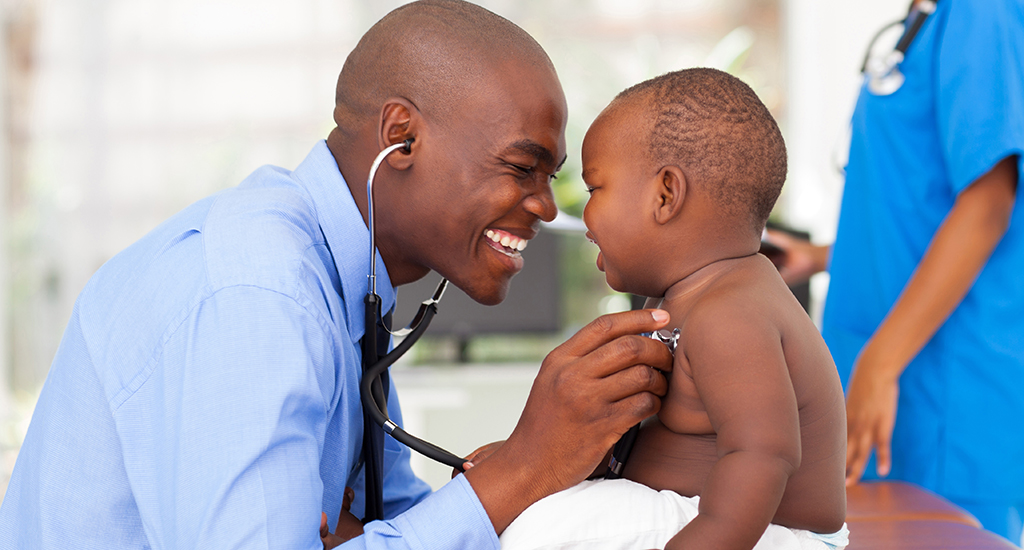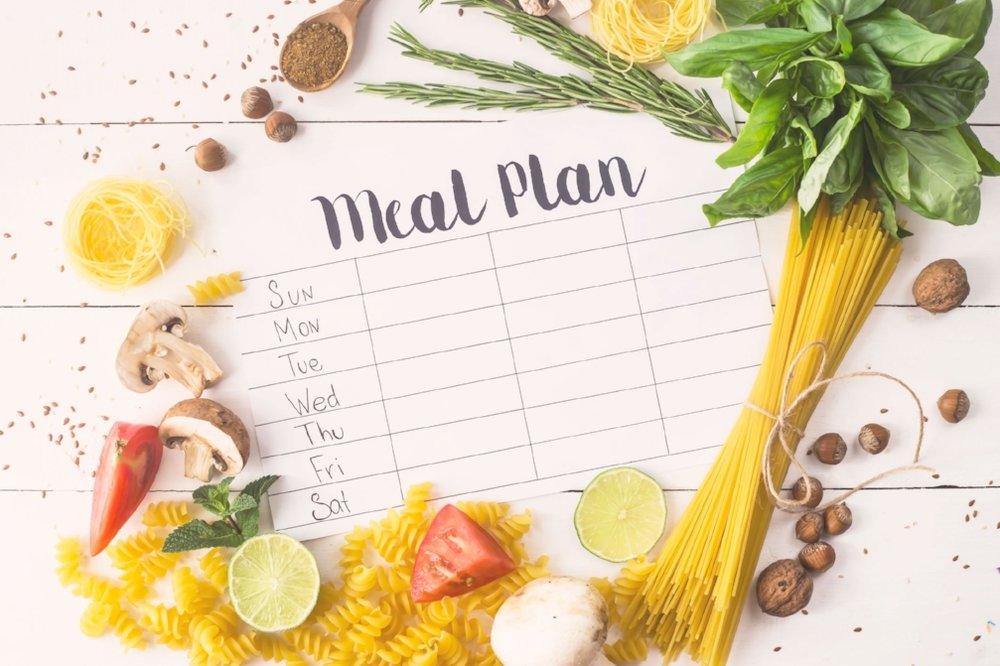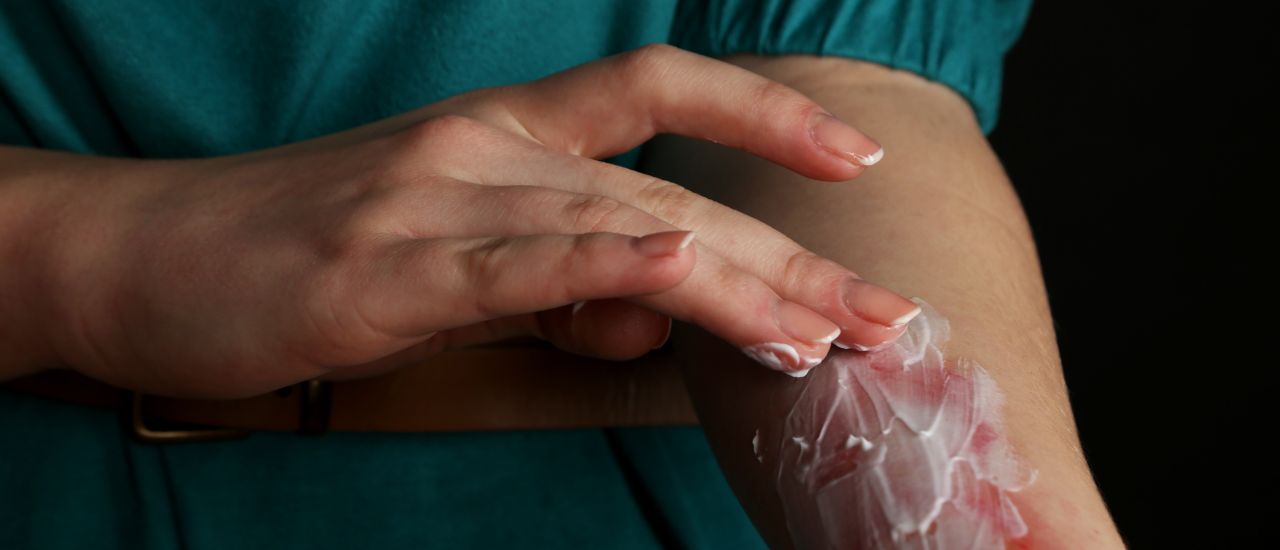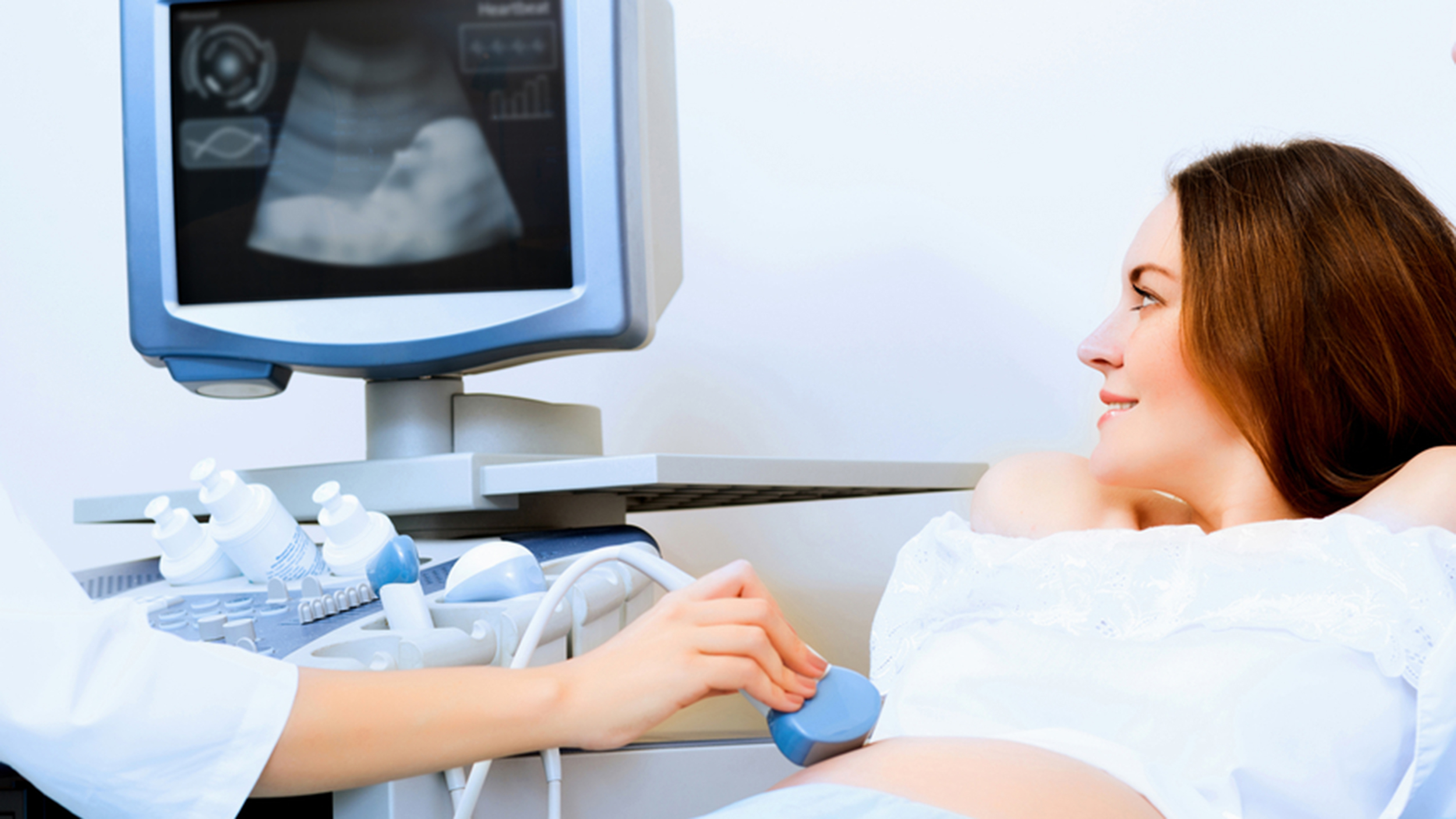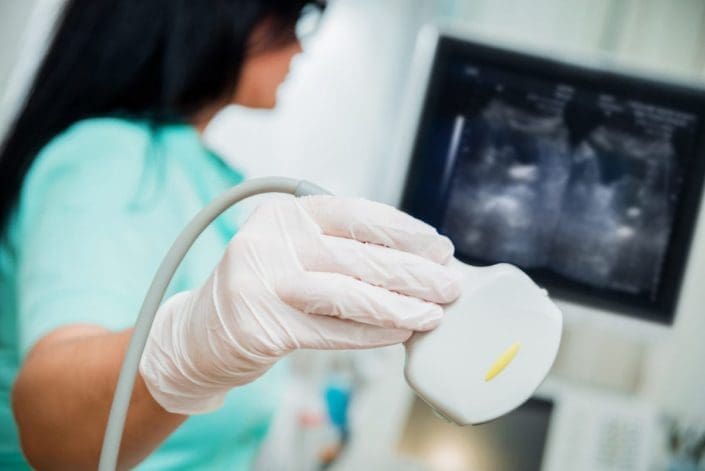With much advancement in medical
technology, equipment and products, getting around when you’re disabled or ill
is so much easier than it used to be.
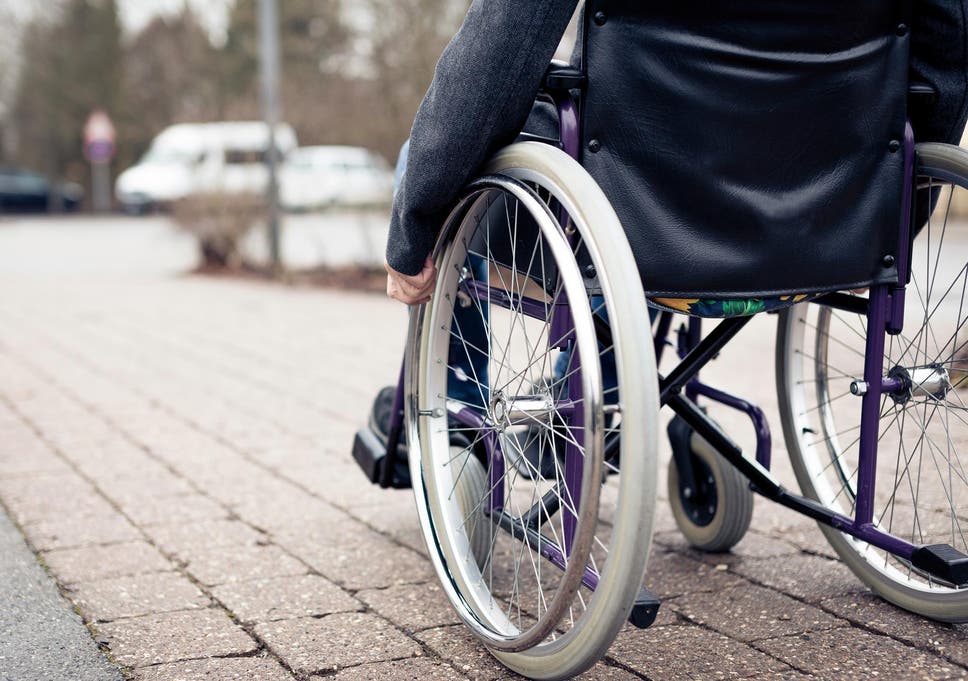
There are a range of different wheelchairs
available, all with their own specific features based on your needs. Are you
looking for an affordable wheelchair? Take a look at the various wheelchairs
available on Supply Doctor (www.supplydoctor.co.za)
as well as many other medical supplies, equipment, consumables, disposables,
first aid products and so much more.
Here’s how to choose a wheelchair that is
best suited to your needs…
Motorized Scooters
-
This wheelchair is motorized so
that means it does not need much physical strength to move it around, this
means it is a lot better for the elderly.
-
It is easier for the person on
the scooter to negotiate curbs as well as road crossings.
-
A motorized scooter is large so
it is unable to fit in a regular vehicle, it is also best to keep a spare
battery on hand at all times.
Power Wheelchairs
-
Powered by a joystick, this
wheelchair is perfect for anyone who has limited mobility.
-
Easy navigation on road
crossings and curbs.
-
It is unable to fit in a
regular car; however it is possible to fit a power wheelchair in a modified
vehicle.
Self-Propelled Wheelchairs
-
This chair is perfect for
someone who needs easy access to shops with simple steering.
-
A self-propelled wheelchair is
able to fit inside your vehicle for total mobility.
-
You can use this wheelchair
without help from anyone else.
-
Because it is self-propelled it
can be hard work for your arms.
-
Terrain can sometimes be a
concern, so always take your environment into account.
Push-wheelchairs
-
These wheelchairs are suited
for people with limited movement or no movement at all.
-
Majority of these fold and fit
easily into a regular vehicle.
-
It is not possible to use this
wheelchair on your own; you will need someone to push you around at all times.
-
Always remember that this type
of wheelchair is not easily manoeuvrable.

When you choose a wheelchair you need to
think clearly about your needs and what features are best suited to your needs.
Choosing a wheelchair is never simple, so to make the right choice always go
through all the features, disadvantages as well as the advantages.







